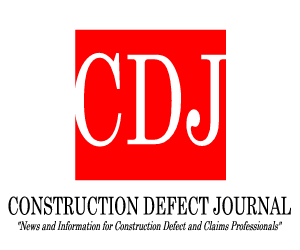
PFAS are the “forever chemicals” keeping companies and consumers on high alert.
From a stream of legal challenges, to ever-expanding regulations on things like cosmetics and drinking water, PFAS are the “forever chemicals” keeping companies and consumers on high alert. While industries scramble to remove the synthetic compounds from products, scientists are researching new techniques for scrubbing PFAS from the environment. There is money to be had for those who can find a more streamlined method of purging the substances—the U.S. Army Corps of Engineers has an $800 million contract on the table for the handling, destruction and replacement of PFAS-laden fire-fighting foam—leaving technology companies racing to create solutions. The three main PFAS cleaning techniques currently relied upon can be very effective but are also costly and may leave questionable byproducts in their wake.
The established approaches include:
- Granular Activated Carbon. As one of the most studied treatments for PFAS removal, granular activated carbon is often used in water treatment plants. Large beds of carbon essentially soak up the unwanted chemicals. After the Sweeney Water Plant in North Carolina, whose water source is downstream from a fluorochemical-producing Chemours plant, was found to be contaminated with PFAS, the plant invested around $46 million into upgraded activated carbon systems. Once installed, these systems cost roughly $2.9 million to operate yearly, as the carbon needs to be replaced each time it reaches capacity. Though pricey, the plant says that the process now clears close to 100% of PFAS.




